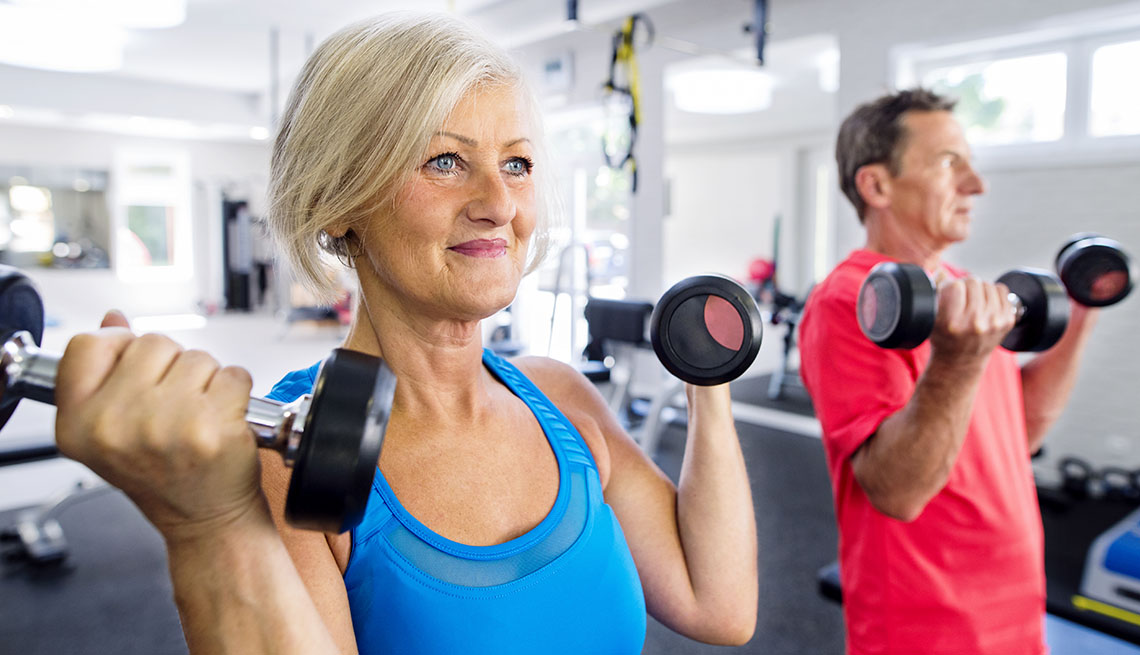
Gym anxiety: 10 ways to face your fears
- Select a language for the TTS:
- UK English Female
- UK English Male
- US English Female
- US English Male
- Australian Female
- Australian Male
- Language selected: (auto detect) - EN
Play all audios:

2. GO WITH A FRIEND. Not only will you have company and a sense of safety in numbers, but this way you can keep each other motivated and accountable to show up. Plus, you can support and
encourage each other to push yourselves. But stay open to another upside: “The gym offers a community of like-minded people, and it’s an environment where you can feed off that energy and
motivation through vicarious experiences,” says Pete McCall, a certified personal trainer in Carlsbad, California, and author of _Ageless Intensity: High-Intensity Workouts to Slow the Aging
Proces_s. If you see someone who looks your age or whom you can relate to, watching them work out may inspire you to follow in their footsteps — or bench presses. 3. ARRIVE EARLY TO YOUR
FIRST CLASS. “Introduce yourself to the instructor, and mention any injuries or limitations you have,” Schvey suggests, then “ask what you need to get set up.” This way, you’ll be up to
speed by the time the class starts and the instructor can keep an eye on you in case you need extra attention. If it feels better to stand in the back or observe from an outside window,
don’t sweat it. Do what feels right to you, Goldman says. 4. FOCUS ON WHY YOU’RE THERE. Keep your reasons for going to a fitness center and what you’re hoping to achieve front and center in
your mind. To that end, it helps to set SMART— an acronym for specific, measurable, attainable, realistic, timely — goals for your workouts, Goldman advises. Besides giving you a game plan
for what you’re going to do, SMART goals can help you stay focused on what you’re doing at the gym. 5. DON’T PLAY THE COMPARISON GAME. “We cannot infer anything about somebody’s health or
fitness level by looking at their body,” Schvey points out. And you can’t tell how hard someone is working just by observing. For example, some people who look like they’re going full
throttle with speed in an indoor cycling class may have light resistance on the bike; you can’t tell from watching how hard exercisers are pushing themselves. So don’t go into comparison
mode. Besides, it’s not a competition — this is your experience. “Try to really focus on you and what’s within your control,” Goldman says. 6. PRACTICE MINDFULNESS. If body-critical or
comparative thoughts come to mind while you’re exercising, let them pass without engaging or judging them. “Acknowledge those thoughts, push them to the side, and focus on what you’re doing
right now,” Goldman says. Use this as an opportunity to tune into and listen to your body, focusing on how it feels as you’re moving. Research has found that using mindfulness strategies
helps older adults make healthy behavioral changes, such as exercising, and fosters self-acceptance.
